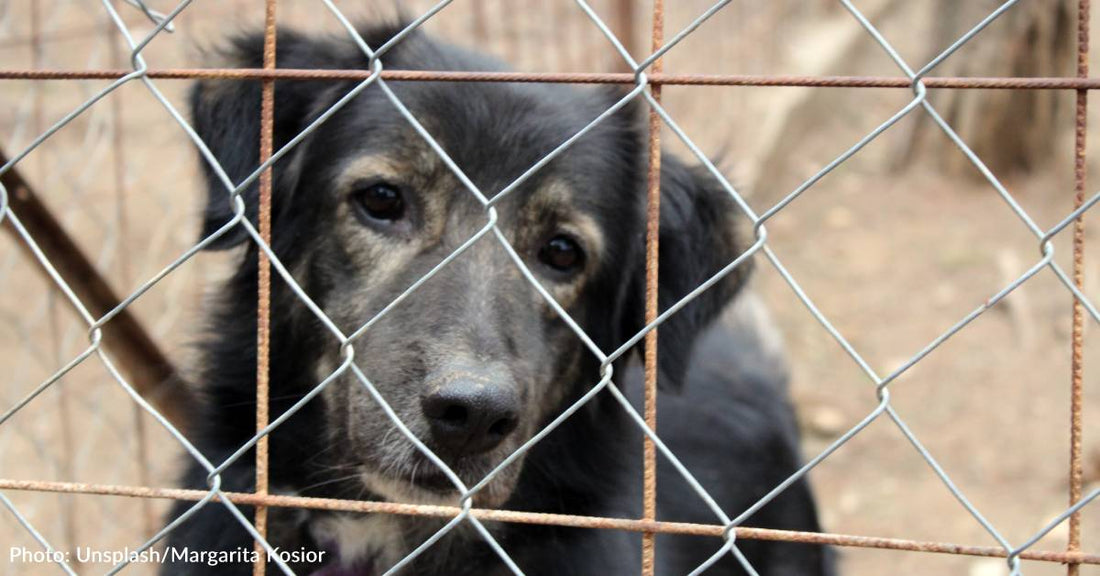U.S. States With Highest And Lowest Shelter Kill Rates
Andrea Powell
Shelters across the country are full and many over capacity with adoptable dogs and cats. While each shelter does their best to find a loving home for each animal, hundreds of thousands (355,000) are euthanized each year due to lack of space and resources.
There are more homeless pets than adopters and it forces numerous shelters to make tough choices. Veterinarians.org published a study that analyzed the intake and outcome data from U.S. animal shelters and ranked the highest and lowest shelter kill rates.
They examined 3,261 shelters which covers roughly 93.5% of the total sheltered animals in the country. They found some heartbreaking results but also some states who are completely no-kill and inspiring others to do the same.
The bad news...
Mississippi has the highest kill rate of 18.3%, which is 3 times the nation-wide average. North Carolina and Alabama come next with high kill rates (over 14%). Less than half of the shelters in these states are no-kill.
However, when it comes to actual numbers Texas comes in with highest number of animals killed in a year - over 61,000. California comes next followed by North Carolina, Florida and Alabama.
The study found, "Five states account for half of all cats and dogs killed in U.S. animal shelters: California, Texas, Florida, North Carolina, and Alabama."
The solution to this heartbreaking problem is to encourage more people to adopt and give shelters the support and assistance they need to transform into a no-kill shelter.
The good news...
52% of U.S. animal shelters are no-kill, which has doubled since 2016. Best Friends Animal Society has a goal of making all shelters no-kill by 2025. They want to ensure that all dogs and cats get the chance to find a loving home - no matter how long it takes.
But shelters cannot do it alone. Best Friends shared, "For far too long, the burden has been placed on shelters themselves to save the lives of the animals in their care. It is imperative that the community and local government provide their shelters with the support they need to succeed."
They help guide shelters toward no-kill status by giving them the tools they need to succeed.
According to Best Friends, "The most effective path to no-kill includes a combination of (1) collaborative partnerships and coalitions among animal shelters, animal rescue groups and community members working toward a collective goal; (2) proven programs and best practices designed to save the most lives possible; and (3) data-driven decision-making for each individual community."
The only two no-kill states are Delaware and New Hampshire. Rhode Island, North Dakota, and Maine round out the top five with under 1% kill rate.
You can check and see if your local shelter is a no-kill shelter through the pet lifesaving dashboard. If not, see how you can help.
Best Friends reminds people, "Saving the lives of dogs and cats in animal shelters is the responsibility of each community. Animal shelters and the staff who work there can only create and sustain lifesaving programs if they have community support and participation. Working together thoughtfully, honestly and collaboratively is what makes true no-kill possible."








